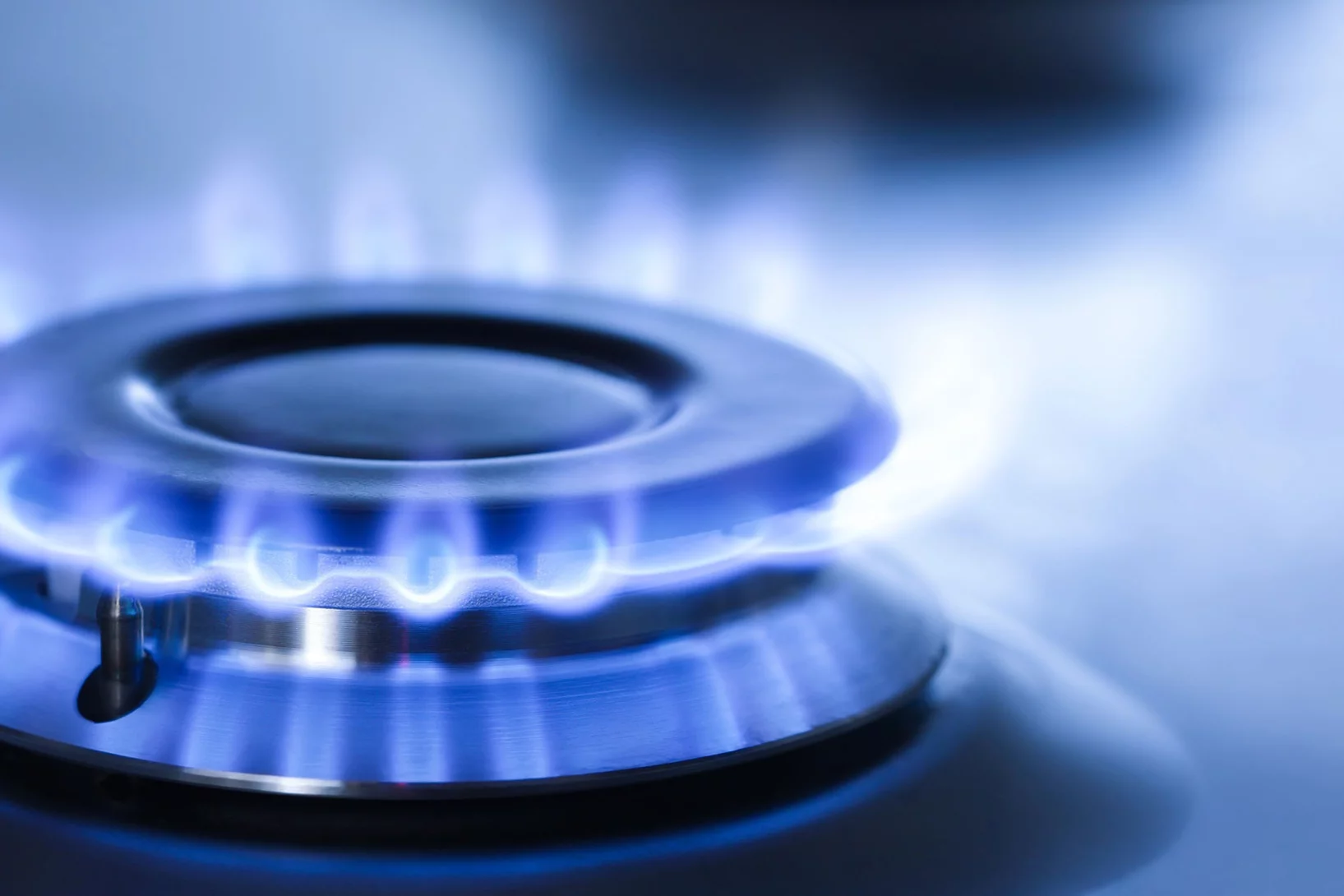A l’Institut Paul Scherrer, les scientifiques cherchent des réponses à la question essentielle des structures élémentaires de la matière et des principes fondamentaux de fonctionnement dans la nature. Ils étudient la structure et les propriétés des particules élémentaires – les plus petits composants de la matière – ou se penchent sur la question de savoir comment les molécules biologiques sont structurées et remplissent leur fonction. Les connaissances qu’ils acquièrent de la sorte ouvrent de nouvelles pistes de solution en sciences, en médecine ou dans le domaine des technologies.
Pour en savoir plus, reportez-vous à Aperçu Fondements de la nature
Towards Next Generation Membranes for Polymer Electrolyte Water Electrolysis
The conversion efficiency for green hydrogen production in a polymer electrolyte water electrolyzer (PEWE) is strongly influenced by the ohmic cell resistance and therefore the thickness of the membrane. The use of thin membranes (~50 micron or below) is limited by gas crossover of H2 and O2, which can lead to the formation of an explosive gas mixture. The incorporation of a Pt recombination catalyst provides remedy and allows a more dynamic operating mode (cf. Highlight 03/2022). However, the presence of Pt nanoparticles leads to an increase in the rate of membrane degradation. Therefore, we have additionally doped the membrane with cerium-zirconium-oxide (CZO) nanoparticles, which act as radical scavenger. The rate of membrane degradation can thus be reduced.
Elternabend 2023
Lernende, Eltern, Berufsbildner*innen sowie Betreuer*innen fanden sich am 15. März im Auditorium zum diesjährigen Elternabend ein. Das traditionelle Spaghetti-Essen rundete den Abend nach Vorträgen, Besichtigungen und Gesprächen ab.
Approximate Computing for Nuclear Reactor Simulations
During the last decades, computing power has been subject to tremendous progress due to the shrinking of transistor size as predicted by Moore’s law. However, as we approach the physical limits of this scaling, alternative techniques have to be deployed to increase computing performance. In this regard, the next big advance is envisioned to be the usage of approximate computing hardware based on field-programmable gate arrays and/or digital-analogue in-memory circuits. Such approximate computing can provide disproportional gain (x1000) in energy efficiency and/or execution time for acceptable loss of simulation accuracy. This could be highly beneficial in order to accelerate computational intensive simulations such as reactor core analyses with higher resolution multi-physics models. On the other hand, the execution of programming codes on low-precision hardware may result in inadequate outcomes due to quality degradation and/or algorithm divergence. To address these questions, studies on the stability and the performance of advanced reactor simulation algorithms as function of reduced floating-point arithmetic precision are being conducted at the laboratory for reactor physics and thermal-hydraulics. Results obtained so far indicate a large room for the acceleration of nuclear engineering applications using mixed-precision hardware. Therefore, research is now being enlarged towards assessing multiprecision computing methods for reactor core simulations with higher spatial resolution.
Développer soi-même ce qui est introuvable dans le commerce
Les scientifiques du PSI développent tout simplement eux-mêmes nombre de composants nécessaires à leurs expériences.
Muonic X-rays peer into brooch from Roman city
Using Muon Induced X-ray Emission, researchers could reveal the inner composition of a knob-bow fibula, excavated at Augusta Raurica in northern Switzerland.
Die Konstrukteure im AKW Leibstadt
Der Strom kommt aus der Steckdose, oder?
A practical guide to pulsed laser deposition
Nanoscale thin films are widely implemented across a plethora of technological and scientific areas, and form the basis for many advancements that have driven human progress, owing to the high degree of functional tunability based on the chemical composition. Pulsed laser deposition is one of the multiple physical vapour deposition routes to fabricate thin films, employing laser energy to eject material from a target in the form of a plasma ...
La cause de l’extrême pollution atmosphérique nocturne à New Dehli a été élucidée
Des chercheurs du PSI ont découvert ce qui cause la forte pollution atmosphérique nocturne à New Dehli.
Von aussen sehen wir erfolgreiche Wissenschaftler – aber was steckt dahinter?
Bist du manchmal frustriert, weil du in den sozialen Medien all die Erfolge deiner Kontakte siehst? Von neuen Anstellungen, über eingeworbene Forschungsgelder zu gewonnenen Preisen – fühlst du dich dann klein und unfähig, weil alle anderen so viel Erfolg haben? Stimmt es, dass andere unglaublich erfolgreich sind, während du dich abmühst, oder was steckt dahinter?
Robert Rudolph neuer CEO der innovAARE AG
Bei der innovAARE AG, der Betreibergesellschaft des Parks Innovaare in Villigen, kommt es zu einem Wechsel an der Spitze. Der Verwaltungsrat hat Herrn Robert Rudolph zum neuen CEO gewählt, der sein Amt Anfang April 2023 antreten wird. Der zurücktretende CEO Dr. Benno Rechsteiner verlässt den Park Innovaare auf eigenen Wunsch, um eine neue Herausforderung anzunehmen. Rechsteiner ist seit Juni 2018 bei der innovAARE AG beschäftigt und hat massgeblich zu wichtigen Meilensteinen für die innovAARE AG beigetragen: Im Sommer 2019 wurde mit der CPV/CAP Pensionskasse Coop ein Investor für den Neubau des Parks Innovaare gefunden, woraufhin im Herbst desselben Jahres bereits der Spatenstich für den Gebäudekomplex gefeiert werden konnte. Unter Rechsteiners Führung folgte der Auf- und Ausbau des Innovationscampus’, wo sich bereits zahlreiche vielversprechende Unternehmen angesiedelt haben. Mit Robert Rudolph bekommt die Führung des Parks Innovaare ein neues und auch bekanntes Gesicht. Rudolph war bereits in der Vergangenheit als Leiter des Technologietransfers am Paul Scherrer Institut PSI beschäftigt und verantwortete zuletzt als Mitglied der Geschäftsleitung des Branchenverbands Swissmem die Themen Digitalisierung, Innovation, Forschung, und Startups. In dieser Funktion wurde er zu einem profunden Kenner der Schweizer Innovationslandschaft sowie den Bedürfnissen der Industrie bezüglich Forschung und Entwicklung.
Verwaltungsratspräsident Dr. Christian Brönnimann bedankt sich bei Rechsteiner für seine erfolgreiche Aufbauarbeit des Generationenprojekts Park Innovaare. «Dank Benno Rechsteiners Engagement in puncto Investor-Findung konnte der Spatenstich für den Park realisiert und die ersten Gebäude auf einer Gesamtfläche von 38.000qm errichtet werden. Mit Robert Rudolph haben wir neu einen CEO an der Spitze, dessen Kontakte weit in die
Industrie reichen. Wir sind überzeugt, dass Rudolph den Park Innovaare in eine erfolgreiche Zukunft führen wird!»
Welcome to LXN Frederik Schirdewahn
Herzlich Willkommen Frederik Schirdewahn in LXN!
Welcome to LXN Theo Wollschlegel
Herzlich Willkommen Theo Wollschlegel in LXN!
Comment garantissons-nous notre approvisionnement en gaz?
La Suisse dépend entièrement des importations de gaz étranger. Que pouvons-nous faire pour contourner cette dépendance et garantir malgré tout notre approvisionnement en gaz? Le méthane synthétique pourrait être une solution.
Musique au PSI
Quand des musiciens couvrent le bruit de fond technique du PSI.
Activity Trend Origin of Ethanol Oxidative Dehydrogenation over VOx/CeO2
Using operando time-resolved X-ray absorption spectroscopy, we investigated the origin of volcano-shaped ethanol oxidative dehydrogenation activity trend of VOx/CeO2 catalysts as a function of VOx surface coverage. Vanadium and cerium synergistically change their oxidation states during the catalytic cycle. The catalytic activity correlates with the concentration of reversible Ce4+/3+species.
Welcome to LXN Wenxiang Hu
Herzlich Willkommen Wenxiang Hun in LXN!
Integration of Li4Ti5O12 crystalline films on silicon towards high-rate performance lithionic devices
The growth of crystalline Li-based oxide thin films on silicon substrates is essential for the integration of next-generation solid-state lithionic and electronic devices. In this work, we employ a 2 nm γ-Al2O3 buffer layer on Si substrates in order to grow high quality crystalline thin films Li4Ti5O12 (LTO). Long-term galvanostatic cycling of 50 nm LTO demonstrates exceptional electrochemical performance, specific capacity of 175 mAh g-1 and 56 mAh g-1 at 100C and 5000C respectively, with a capacity retention of 91% after 5000 cycles.
Preparation, Quantification, and Reaction of Pd Hydrides on Pd/Al2O3 in Liquid Environment
The ability to study in situ the formation and consumption of Pd hydrides (PdH) in liquid environments is a significant challenge hampering a deeper understanding of catalyzed liquid-phase hydrogenation reactions. Here, using quick scanning X-ray absorption spectroscopy (QEXAFS), we present a detailed kinetic study of Pd hydride formation and reactivity on Pd/Al2O3 in 2-propanol solvent.
A star is born
Swiss Light Source SLS reveals complex chemistry inside ‘stellar nurseries’
Utiliser la lumière pour activer et désactiver des médicaments
Des chercheurs du PSI tournent un film moléculaire d’un médicament anticancer doté d’un interrupteur. Cela ouvre de nouvelles perspectives pour les développeurs de substances actives.
Momentum-resolved electronic structure of LaTiO2N photocatalysts by resonant Soft-X-ray ARPES
Oxynitrides are promising materials for visible light-driven water splitting. However, limited information regarding their electron-momentum resolved electronic structure exists. Here, with the advantage of the enhanced probing depth and chemical state specificity of soft-X-ray ARPES, we determine the electronic structure of the photocatalyst oxynitride LaTiO2N and monitor its evolution as a consequence of the oxygen evolution reaction. After the photoelectrochemical reactions, we observe a partial loss of Ti- and La-N 2p states, distortions surrounding the local environment of titanium atoms and, unexpectedly, an indication of an electron accumulation layer at or near the surface, which may be connected with either a large density of metallic surface states or downward band bending. The distortions and defects associated with the titanium 3d states lead to the trapping of electrons and charge recombination, which is a major limitation for the oxynitride LaTiO2N. The presence of an accumulation layer and its evolution suggests complex mechanisms of the photoelectrochemical reaction, especially in cases where co-catalysts or passivation layers are used.
Welcome to LXN Faris Dizdarevic
Herzlich Willkommen Faris Dizdarevic in LXN!
Welcome to LXN Henry Bell
Herzlich Willkommen Henry Bell in LXN!
18. Februar 2023: Nationaler Aktionstag für Lohngleichheit zwischen allen Geschlechtern
Am 18. Februar 2023 ist Equal Pay Day. Ein nationaler Aktionstag, bei dem die Lohnschere zwischen Männern und Frauen sichtbar gemacht wird. Was unternimmt das PSI dagegen? Lies weiter und finde es heraus!
Faire voler des avions de manière durable
Voler sans empreinte CO2 – le PSI et l'entreprise Metafuels AG développent une nouvelle technologie pour la production de carburant aviation durable.
Advancing the JUNGFRAU detector toward low-energy X-ray applications
“Soft” x-rays are notoriously hard to detect. Particularly, in the context of high-performance synchrotron and free electron laser (FEL) experiments, suitable detector options for low-energy x-rays are highly sought after. Currently available options only provide limited area, readout speed, and dynamic range. Now, a team of scientists from the Laboratory for X-Ray Nanoscience and Technologies (LXN) at PSI are challenging these limitations. They combined a detector made at PSI with newly developed silicon sensors to push the resolution toward the soft x-ray limit. A first version of this detector system is now in operation at the SwissFEL endstation Maloja. And it points to further possibilities to refine the detector technology to eventually catch the elusive soft x-rays.
Team Charta für die Berufsbildung
Gelebte Werte und das Zusammenarbeiten wurden gemeinsam an einem Teamanlass erarbeitet.
How to squash things carefully
A new in situ uniaxial pressure cell at Paul Scherrer Institute PSI gives scientists unrivalled control to tweak quantum materials microscopically and tune their properties.
L’entreprise de haute technologie VDL ETG est désormais voisine du PSI
L’entreprise néerlandaise VDL ETG a signé un contrat de bail avec le Park Innovaare.
Lehrvertragsunterzeichnung 2023
Ein grosser Moment für die kommenden Lernenden und Praktikanten





























